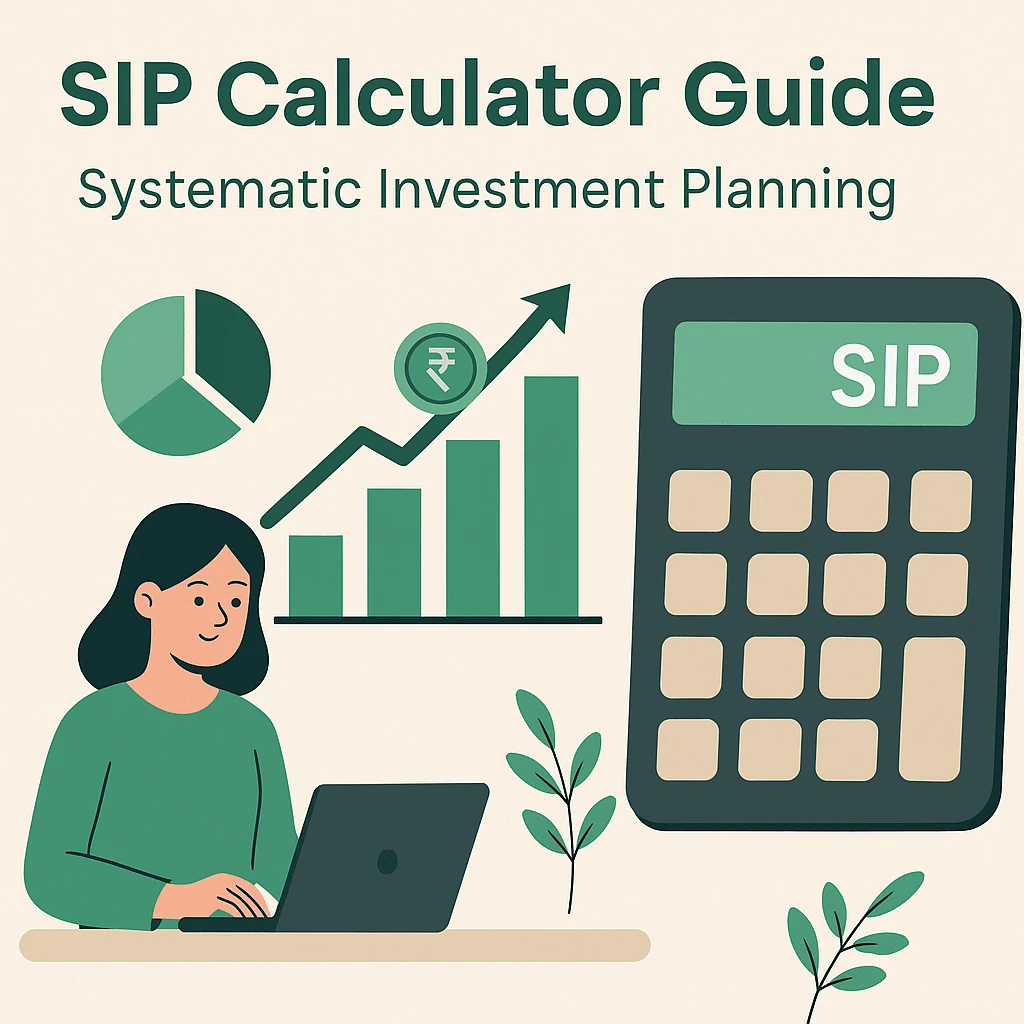Introduction: The Investment Dilemma
Every investor faces a common question: Should I invest my money all at once or spread it over time through a SIP? Both options — Systematic Investment Plan (SIP) and lump sum investment — have their advantages. The right choice depends on your financial situation, goals, and market conditions.
Let’s break down how each works and which one can help you build wealth more effectively.
🪙 What Is a Lump Sum Investment?
A lump sum investment means investing your entire available amount in one go — for example, investing ₹1 lakh in a mutual fund at once. It’s ideal when you have surplus funds and a high-risk appetite, especially during market corrections when prices are low.
Advantages:
- Instant market exposure
- Higher potential returns if invested during a market rally
- Simple one-time transaction
Disadvantages:
- High market timing risk
- Emotionally stressful during volatility
- Requires strong financial discipline
📅 What Is SIP (Systematic Investment Plan)?
A SIP divides your investment into smaller, regular installments. It’s designed for investors who prefer steady, low-risk growth.
Advantages:
- No need to time the market
- Builds investing discipline
- Reduces volatility through rupee cost averaging
- Allows compounding to work effectively over time
Disadvantages:
- Slower capital deployment
- Lower short-term returns during bull runs
⚖️ SIP vs Lump Sum: Key Comparison
| Factor | SIP | Lump Sum |
|---|---|---|
| Investment Type | Periodic | One-time |
| Risk | Low-Moderate | High |
| Best For | Salaried individuals | Investors with surplus capital |
| Market Timing | Not needed | Crucial |
| Ideal Duration | 5+ years | 2–5 years |
| Volatility Impact | Averaged out | High |
| Emotional Stress | Minimal | High |
💡 When to Choose SIP
- When you have regular income
- When you want to invest gradually
- When the market is volatile
- When you’re new to investing
Example:
You invest ₹5,000 per month for 10 years in a SIP (₹6 lakh total) and earn 12% annually. Your corpus grows to approximately ₹11.6 lakh.
💰 When to Choose Lump Sum
- When you have a bonus, inheritance, or idle funds
- When the market is undervalued
- When you can tolerate short-term volatility
Example:
A ₹6 lakh lump sum invested for 10 years at 12% annual returns grows to about ₹18.6 lakh.
But if markets fall right after investing, returns could drop sharply — unlike SIPs, which average out the risk.
📊 Using SIP Calculator for Decision Making
A SIP calculator helps simulate both approaches. You can compare:
- Total investment amount
- Expected annual return
- Investment tenure
This allows you to see how small monthly SIPs can match or even outperform lump sum returns with reduced risk.
Try it yourself on www.sipcalculator.tech — adjust values and see how consistency outperforms timing.
🧠 Expert Tip
Many experienced investors combine both strategies — investing a portion as lump sum and continuing a SIP alongside. This hybrid approach balances growth and stability.
❓ FAQs: SIP vs Lump Sum
1. Which gives better returns — SIP or lump sum?
Lump sum may deliver higher returns if the market performs well immediately, but SIPs are safer for most investors due to averaged costs and lower timing risk.
2. Can I start SIP after making a lump sum investment?
Yes, many investors invest a lump sum initially and then start a monthly SIP to stay invested consistently.
3. What happens if I skip a SIP installment?
Missing one or two SIPs isn’t a problem; the plan continues automatically with your next payment.
4. Should I choose SIPs during a bear market?
Absolutely — lower prices mean you accumulate more units, which boosts long-term returns.
5. How can SIP calculators help me decide?
They allow you to forecast returns for both options, helping you plan confidently and align your investments with future goals.
Conclusion
There’s no single right answer to the “SIP vs Lump Sum” debate. If you value discipline and long-term consistency, SIPs are your best friend.
If you have lump sum capital and confidence in market timing, one-time investments can offer high rewards.
The key is to stay invested — because time in the market always beats timing the market.
Use the SIP Calculator to plan your next investment smartly and see your wealth grow with every step.
🔹 Key Takeaways
- Understand your SIP goals and tenure clearly.
- Review your mutual fund performance periodically.
- Invest consistently for long-term wealth creation.

